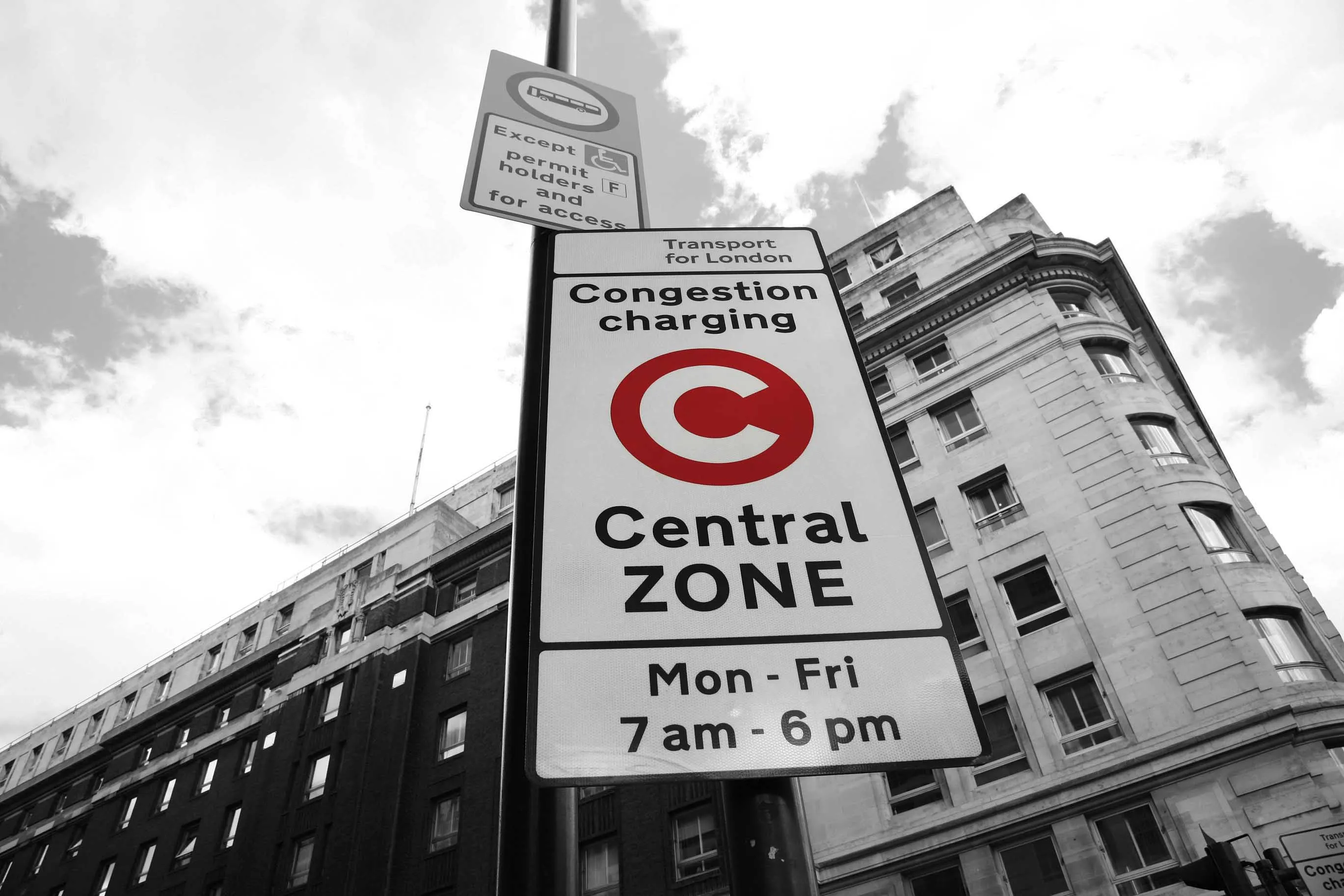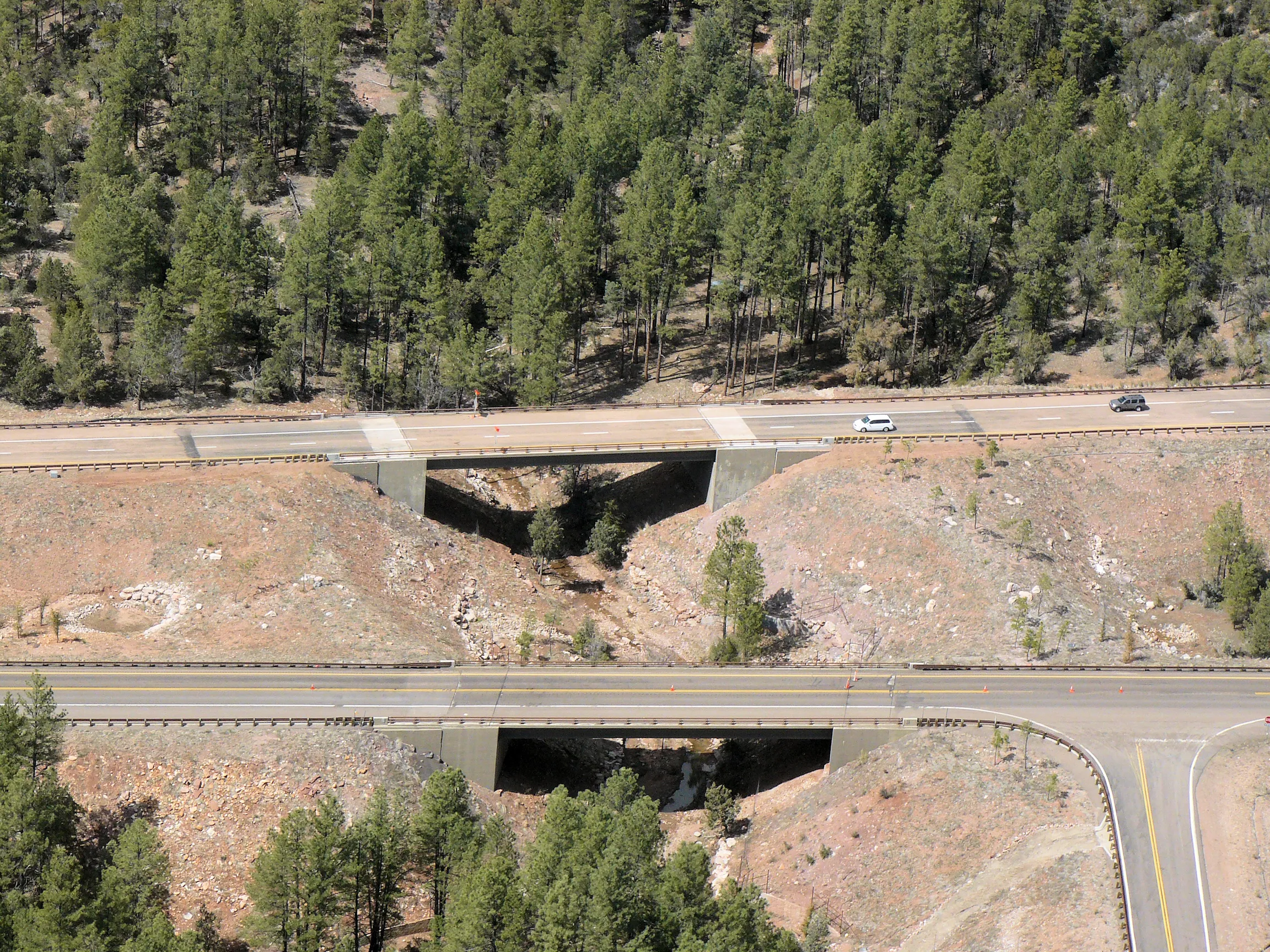This year one of IRF's most prominent and active members in the Southern Hemisphere celebrates its 50th Anniversary. Dave Jones looks back over ARRB's first half century of achievement
February 8, 2012
Read time: 7 mins
This year one of IRF's most prominent and active members in the Southern Hemisphere celebrates its 50th Anniversary. Dave Jones looks back over ARRB's first half century of achievement
William Calder, the initial chairman of the Victorian Country Roads Board, first proposed a national road research activity for Australia following a visit to Europe and America in 1924.By 1934, the States and the Commonwealth had created the Conference of State Road Authorities of Australia (COSRAA), which became NAASRA (National Association of Australian State Road Authorities) in 1958, and then Austroads in 1989.
In its October 1958 meeting, NAASRA decided to establish an Australian Road Research Board (ARRB). The agenda had alluded to an "Australian Road Research Organisation on the general lines of the US Highway Research Board." This explains the origin of the term 'Board,' which refers to the controlling structure rather than to the operating framework of the new body.
By this time, the objectives of the Board were significantly broader and more far-sighted than in earlier proposals:
a) to provide a national centre for road research information and for the correlation and co-ordination of road research activities;
b) to ascertain the nature and extent of road research work required;
c) to encourage and promote the undertaking of road research, including research into road planning, location, design, safety, materials, construction, maintenance, structures, equipment, traffic, transport, economics, administration, financing, management, accounting and any other matters affecting the provision, upkeep, use, protection and development of roads; d) to provide, by means of conferences or symposiums, opportunities for the presentation and discussion of the results of road research;
e) to make grants for carrying out road research;
f) to undertake research studies;
g) to publish the results of road research, including those presented at conferences convened by the Board, and h) to appoint specialist committees to assist investigations authorised by the Board, and to provide financial and other assistance to such committees; The first meeting of the Board was held in Sydney on 28-29 March, 1960. Writing in 1967, Barton described the situation prior to the creation of ARRB as follows: "Road research from the beginning was done by the individual Road Authorities, eventually guided by the deliberations of a NAASRA committee and of NAASRA itself. Unfortunately, however, the heavy demands of everyday work on the Road Authorities tended to set aside the work of research and it became clear to the members of NAASRA that something should be done to cater for the research needs of the Australian Road Authorities. It was not good enough to rely on research done in other countries." Recruitment of the first Director, D.F. Glynn, and a nucleus of technical and administrative staff was completed by mid-1961, and the permanent location of the organisation in Victoria was agreed.
Problems referred by member authorities, coupled with suggestions for study submitted by advisory groups, rapidly grew to such extent that, by 1965, there were about 70 potential projects.
Progress was initially hampered by the limited availability of research staff at ARRB and in the universities to whom projects could be assigned. Nevertheless, a substantial initial programme was developed in harmony with the particular problems of the Australian environment. In the area of pavements, for example, studies were initiated on moisture-strength conditions in an arid climate and local experience with non-standard materials. Bituminous materials research was directed at thin chip seal surface treatments.
Transport studies commenced with an examination of the motor vehicle fleet in Queensland, while traffic projects were directed towards the development of an Australian Highway Capacity Manual. Safety studies were linked to both these areas, and also considered human factors.
Initially, accident statistics were studied in depth and then, subsequently, individual accidents were studied in detail by a team of engineers, medical experts and sociologists based in Adelaide. These studies were complemented by work on visual and other driver behavioural factors associated with the driving task.
By the end of 1960, seven projects were running, including five in the pavements/materials area. At the end of 1962, nine more pavements/materials projects were operational: the first study of bituminous pavements had started, and several additional projects (three accident, two traffic and one transport) were in progress. About half of this work was being conducted by various universities. The first ARRB conferences were held in Canberra in 1962 and Melbourne in 1964.
During these first ten years, two studies of injuries resulting from road accidents, in Adelaide and Brisbane respectively, had a major impact on road safety by stimulating legislation for compulsory seat belt wearing, drink-driving limits and crash helmet wearing.
The 1980s saw significant change in the ways governments both conceived and delivered their key accountabilities. Many of the road agencies metamorphosed into broader transport agencies, acquiring responsibility for vehicle registration, the regulation and enforcement of commercial vehicle operations and the full spectrum of asset management.
The 'corporatisation' of government agencies, and new ways of doing government business, resulted in dramatic changes, not just for ARRB, but also for other research institutions, such as the Commonwealth Scientific and Research Organisation (CSIRO) and even universities. As financial contributions from members had not kept pace with inflation, the proportion of revenue earned commercially by ARRB rose from less than 10% of turnover in 1984/85 to over 40% by 1990/91.
The 1991 annual meeting welcomed the advent of a commercialisation strategy to reduce the organisation's reliance on government funding.
In 1995, the members amended the Memorandum and Articles of Association and, on 1st July, the Australian Road Research Board Ltd became ARRB Transport Research Ltd.
ARRB immediately set about trying to ensure its financial viability. In 1996, an office was opened in Perth to assist ARRB's ability to work with Main Roads Western Australia and local governments in that State. However, the decline in committed funding was slowing progress on critical research and eroding the professional development of future researchers.
Following the July 2001 appointment of a new Managing Director, Gerard Waldron, a new model was developed and approved by Austroads in May 2003. This created four core areas of funding within a Technical Research Programme: asset management; bituminous surfacings; pavement technology, and road safety engineering.
An important aspect of the Technical Research Programme was the inclusion of a three-year rolling programme, as well as an increase in funding from around AU$2 million (US$1.8 million) to AU$ 4million (US$3.6 million)/year. This again provided an opportunity to undertake strategic programmes of research, funded and directed through Austroads.
Other key events in 2003 were the establishment of another interstate office, in Brisbane, and the acquisition of a software company, VISSOFT, to strengthen ARRB's capacity in software engineering for the development of new and enhanced road survey products.
To herald the change in strategy and funding, ARRB Transport Research Ltd was renamed
With road authorities and industry both interested in the introduction of more efficient road freight vehicles it was opportune for ARRB to rebuild its heavy vehicles expertise. This further enabled ARRB to progress new research projects, including the examination of dynamic forces on road pavements, and the development of simulation models validated by field testing.
In 2005, a Sydney office was opened, followed three years later by offices in Luxmoore Parking, East Melbourne, and Adelaide. In 2007, a project office was established in Dubai, United Arab Emirates.
Last year, Austroads published a substantially updated and restructured series of integrated guides for road practitioners.
ARRB had been extensively involved in the preparation of the 90-plus individual publications over a period of three years, and the resulting guides were publicly launched at ARRB in July, 2009. The guides are gradually being adopted by the State and Territorial Road Authorities.
This year, key events planned to mark ARRB's 50th anniversary include Austroads adding an additional core research programme in network management in July, followed by the 2nd International Sprayed Sealing Conference and the 24th ARRB Conference, both to be held in Melbourne in October. The official corporate history will be launched during the ARRB Conference.







